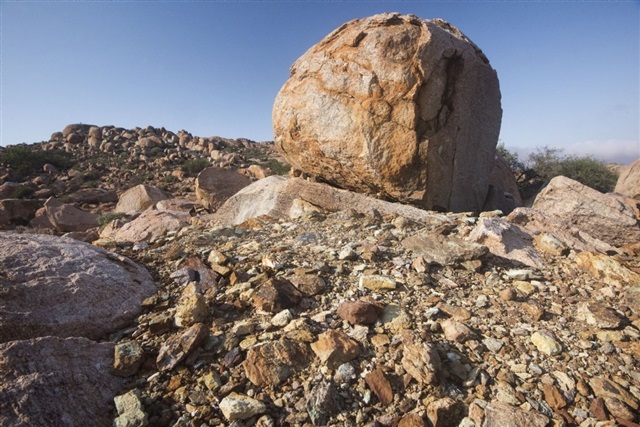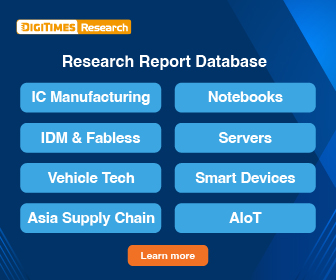The global rare earth supply chain is undergoing a restructuring as countries actively invest in the sector to reduce their reliance on China, especially for permanent magnets used in electric vehicles, wind turbines, and drones.
This restructuring has intensified since China announced export controls on rare earths and related manufacturing technologies in late 2023. In response, European countries, the US, Canada, and Brazil are ramping up investments in rare earth exploration and processing.
Rare earth processing is mainly carried out in two stages. First, rare earths are extracted from ores containing various minerals and refined into mixed rare earth concentrates or carbonates. In the more complex second stage, the rare earths are separated into individual oxide compounds, which can be made into metals for magnet production.
According to the latest data from the US Geological Survey, the top five countries in terms of rare earth reserves in 2023 are China, Vietnam, Brazil, Russia, and India, in descending order. China produced 240,000 tons of rare earths in 2023, more than five times the amount of the second-largest producer, the US. China processes about 90% of the world's rare earths into permanent magnets used in wind turbines, electric vehicles, and missiles.
Brazil
In response to the growing green energy and defense needs of Western countries, Brazil, now boasting the world's third-largest rare earth reserves, is strengthening its rare earth industry. Brazil's first rare earth mine, Serra Verde, took 15 years to start commercial production in 2024.
Serra Verde's CEO, Thras Moraitis, said the mine is expected to produce 5,000 tons annually once fully operational, with output expected to double by 2030. This project has received support through incentives from Western governments.
Daniel Morgan, an analyst at Australian investment bank Barrenjoey, believes Brazil's rare earth development is the most economically viable project outside of China. Reg Spencer, an analyst at the brokerage Canaccord, predicts that Brazil may add 2-3 more rare earth mines by 2030, potentially surpassing Australia's current annual production.
However, despite Brazil's rich rare earth resources, low rare earth prices have dampened investor confidence, making it difficult for companies to raise funds for building mines and processing facilities.
To promote the development of its rare earth industry, the Brazilian government launched a BRL 1.0 billion (US$195 million) fund in February 2024 to support strategic mineral projects, including rare earths. The government also plans to strengthen the downstream industries of rare earth applications, including batteries, wind turbines, and electric motors, aiming to become an alternative to China for Western countries.
Europe
Europe has also made significant progress in reducing its reliance on Chinese rare earths. According to CNBC reports, Rare Earths Norway announced in early June 2024 the discovery of Europe's largest known rare earth deposit in the Fen Carbonatite Complex in southeastern Norway, with a total rare earth oxide (TREO) reserve of 880 tons. It is one of the few rare earth deposits not controlled by China.
Swedish iron ore company LKAB's subsidiary, REEtec, is constructing a commercial rare earth separation plant in Norway, expected to start production in 2025.
Belgian chemical company Solvay is expanding its rare earth processing business in La Rochelle, France, and plans to start separating and producing rare earth oxides for the manufacture of magnets in 2025. It has signed a collaboration agreement with local rare earth partner Carester.
UK-based Rainbow Rare Earths, with funding from the US government, has acquired shares in the Phalaborwa rare earth project in South Africa and is separating rare earth oxides at a plant in Florida, operated by its partner K-Technologies.
German company Vacuumschmelze, one of the largest permanent magnet manufacturers outside China, has production sites in Germany, Slovakia, Finland, China, and Malaysia. The company has received a US$111.6 million subsidy from the US government to build a neodymium-iron-boron magnet factory in South Carolina, expected to be completed by the end of 2025.
North America
The Saskatchewan Research Council (SRC) in Canada has received a government grant of CAD 31 million (US$22.57 million) to establish a rare earth processing plant. Starting in June 2025, SRC will enter a five-year raw material supply agreement with Vietnam's Hung Thinh Group, importing up to 3,000 tons of rare earth carbonates annually.
According to The Globe and Mail, the SRC has purchased the Nechalacho rare earth project in Canada to prevent rare earth resources from falling into Chinese hands. Previously, Vital Metals of Australia announced in December 2023 that it would sell the project to China's Shenghe Resources Holdings but has now abandoned its deal with the Chinese company.
US-based MP Materials, a dedicated maker of permanent magnets, is constructing a plant in Texas, which has received a US$58.5 million government grant. The plant is expected to be completed by the end of 2025 and will supply products to General Motors (GM).



